I'm a Professional Gardening Writer and Have Planted My Own Forest – These 5 Big Trees Are My Absolute Favorites
There is nothing that can put the world in perspective quite like standing under an enormous old tree. Here are my favorite big trees that you can plant too.
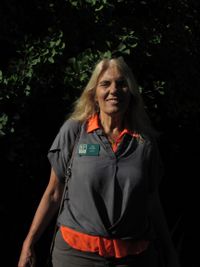
Amy Draiss
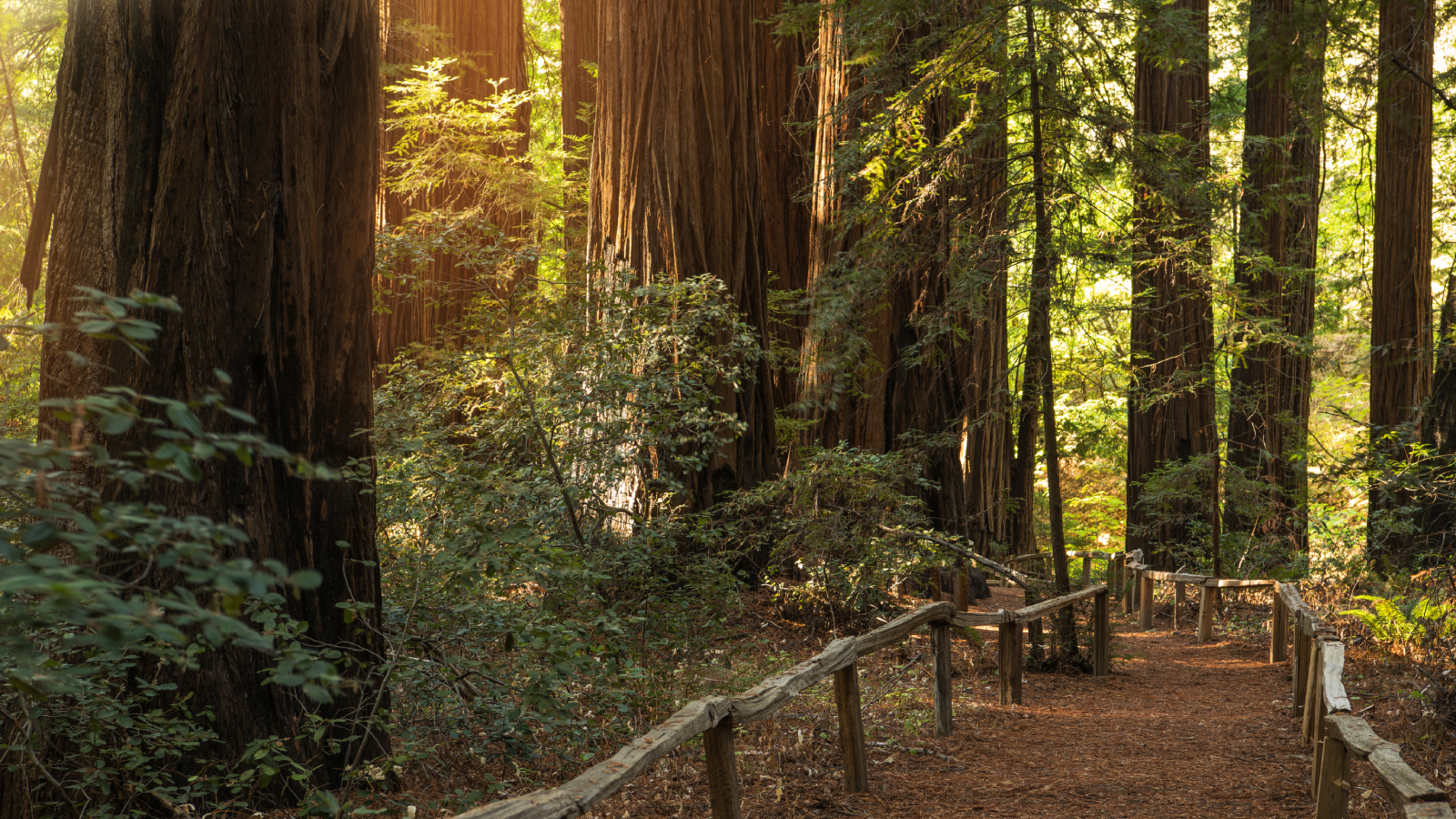
Everyone likes big trees, but I may have a special claim to tree-lover status because I grew up in central Alaska. While Alaska is the biggest state and boasts the highest mountain on the continent, the trees in central Alaska were dwarfed by permafrost.
I didn’t understand that when I was a kid; I thought that tall trees stood around 15 feet (5m) high. I had no idea how big trees could be. When I went to California for college, I saw tall trees for the first time. Santa Cruz is part of the foggy coastal area where coast redwoods thrive.
Since then, I’ve known, grown, and loved many different species of majestic large trees, never really getting over the amazement of discovering them. Knowing how and when to plant trees is crucial to their strong growth and success.
I have planted 250 trees on my plot of land in France and have learned a lot along the way. Let me introduce you to five of my favorite big trees. They may not be the largest tree species of all, but each one has earned a place in my heart.
1. Coast Redwood
Coast redwood trees (Sequoia sempervirens) are tall, very tall. They are taller than a 30-foot skyscraper, so high that their heads are in the clouds. In fact, they are the tallest trees in the world.
I remember standing in a redwood forest and understanding for the first time how small we humans are. The trunks are not only tall, but they grow more than 27 feet (9m) wide, and they are long-lived. Coast redwoods live for thousands of years – some of the redwoods living today were living during the Roman Empire. In fact, early redwood fossils date back more than 200 million years to the Jurassic period.
If their sheer size wasn’t sufficient to enchant me, the story of how the vast majority of redwood forests were felled by humans made me passionate about these trees. For centuries, coast redwood forests stretched down the entire West Coast, growing naturally in some 2 million acres. But in the 1850s, redwoods were logged extensively to satisfy the demand for lumber and resources. Today, only 5 percent of the original old-growth coast redwood forest remains.
Sign up for the Gardening Know How newsletter today and receive a free copy of our e-book "How to Grow Delicious Tomatoes".
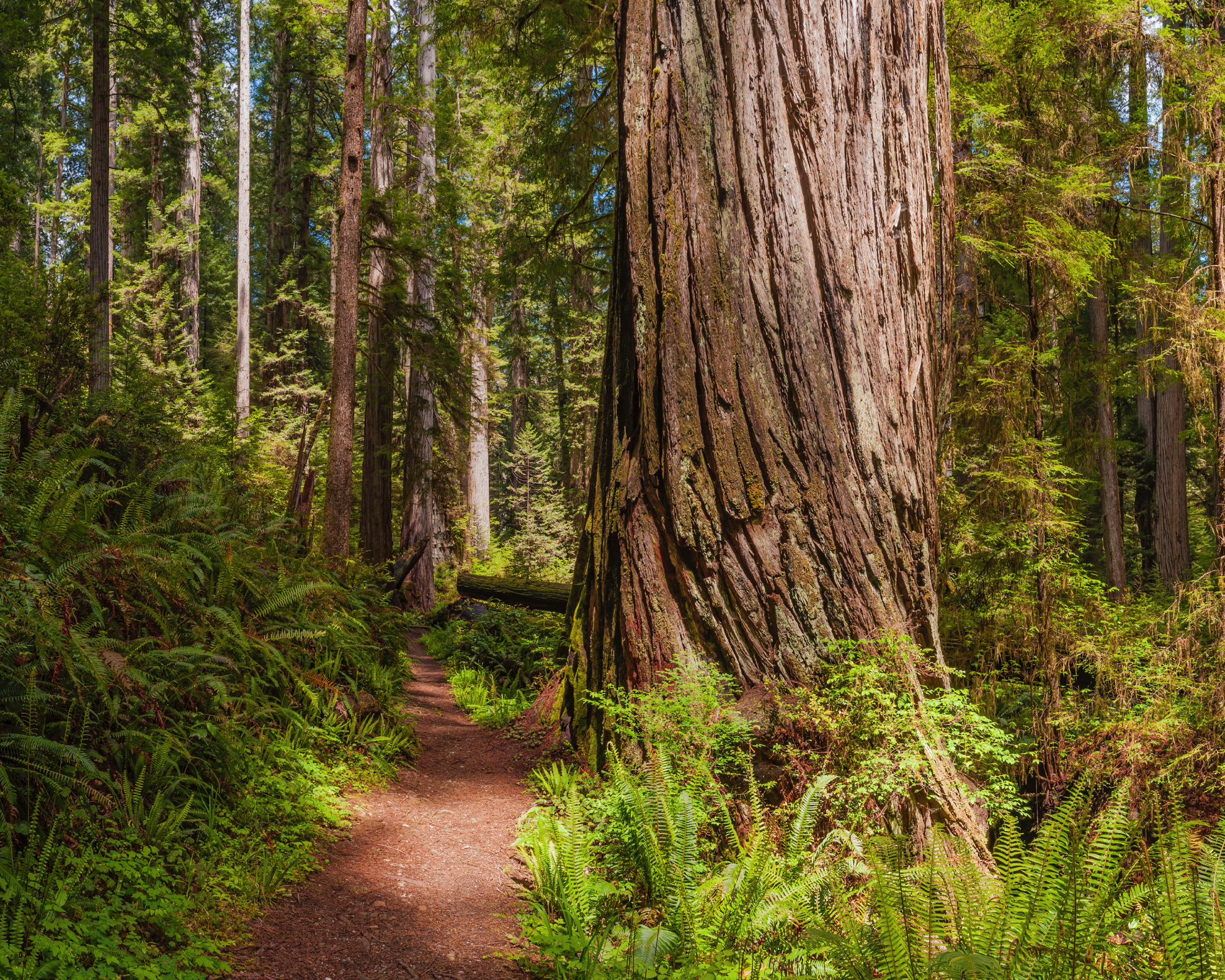
I learned even more about these giants during my training to be a docent at the San Francisco Botanical Garden. Recent research has shown that a coastal redwood grove is a community, connected to each other with their roots. They communicate with one another through the roots, warning of dangers and even sending nutrients to a tree that is in need.
The fight to protect the old growth redwood forests continues today. One of my personal heroes is Julia Butterfly, an American environmental activist, who climbed up and lived in a thousand-year-old redwood tree (she named Luna) for 738 days in an attempt to save it from loggers.
Interested in planting your own? The Jonsteen Company offers seed-grown trees from their nursery on California's coast and they are inspected and licensed by the California Department of Agriculture. Purchase a coast redwood seedling grown by The Jonsteen Company on Amazon.
2. Gingko
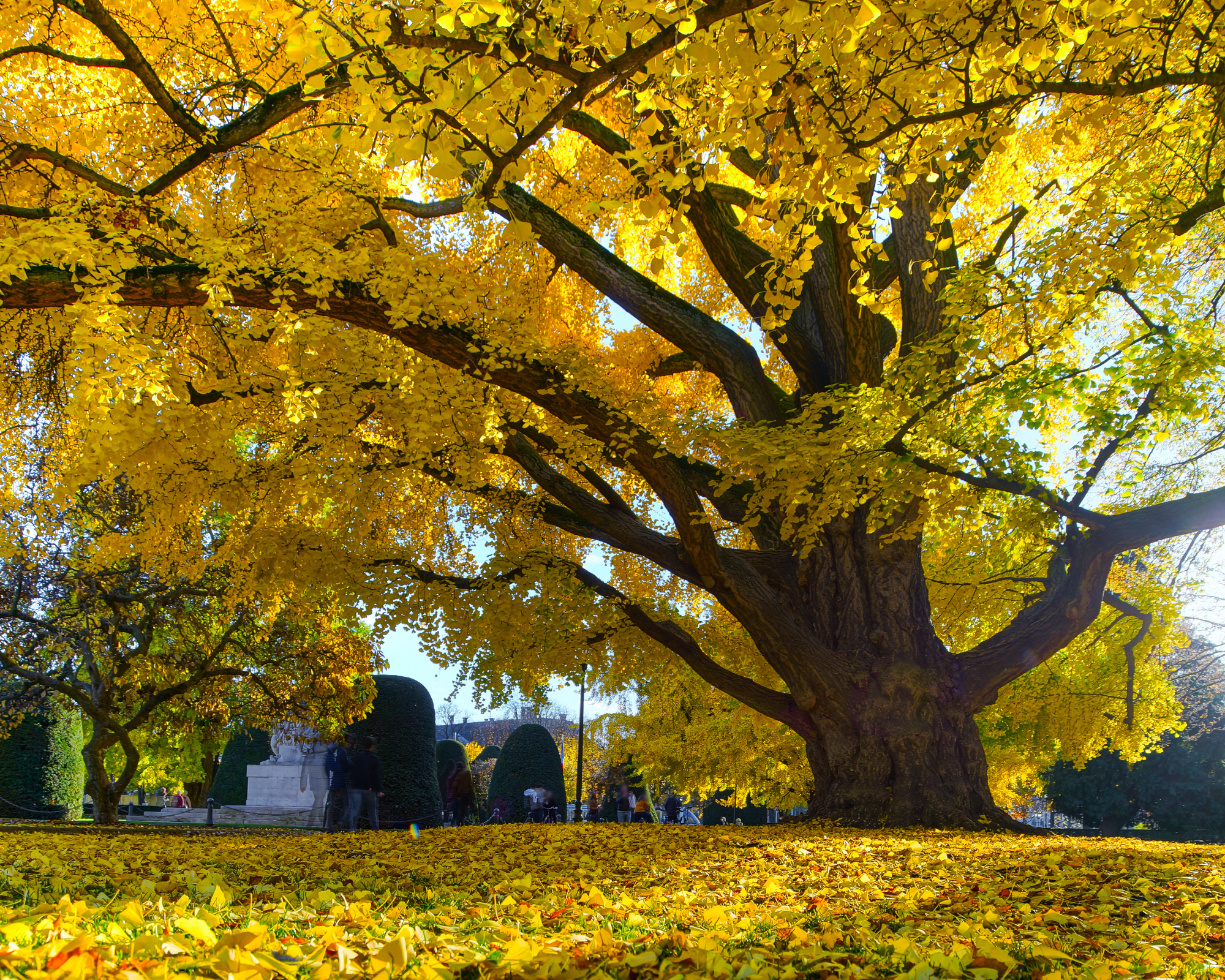
The ginkgo tree (Ginkgo biloba) is another exceptional tree with a fascinating survival story. The gingko, with its lovely, fan-shaped leaves, first appeared on Earth some 270 million years ago. That makes it one of the world’s oldest tree species. It was native to China but, by the time it became known to the public, the trees couldn’t be found. Scientists found fossils of the unique fan-shaped leaves divided into two lobes, but no living trees were known to exist on the planet. This was the status of the gingko for a century.
However, in 1691, the German scientist and physician Engelbert Kaempfer discovered cultivated gingko trees growing in Japan. Then, in the 20th century, gingkos were discovered in wild areas of western China. That’s how it “came back from the dead” and earned the status as a living fossil.
Ginkgo is renowned for its exceptional longevity. Some of the trees located in China are over 3,000 years old. And its resistance is legendary: it is one of the few plants that survived the Hiroshima atomic explosion and was the first plant to regrow after the disaster. Its leaves have come to symbolize longevity and resistance.
I first encountered gingko as a street tree in Berkeley, California when I was in law school at U.C. Berkeley. I have loved them ever since and planted them in my San Francisco backyard. Their gorgeous leaves turn bright yellow in autumn, turning into lakes of color as they fall. You can purchase a gorgeous gingko from Fast Growing Trees and have beautiful autumn color in a few years.
3. Beech Tree
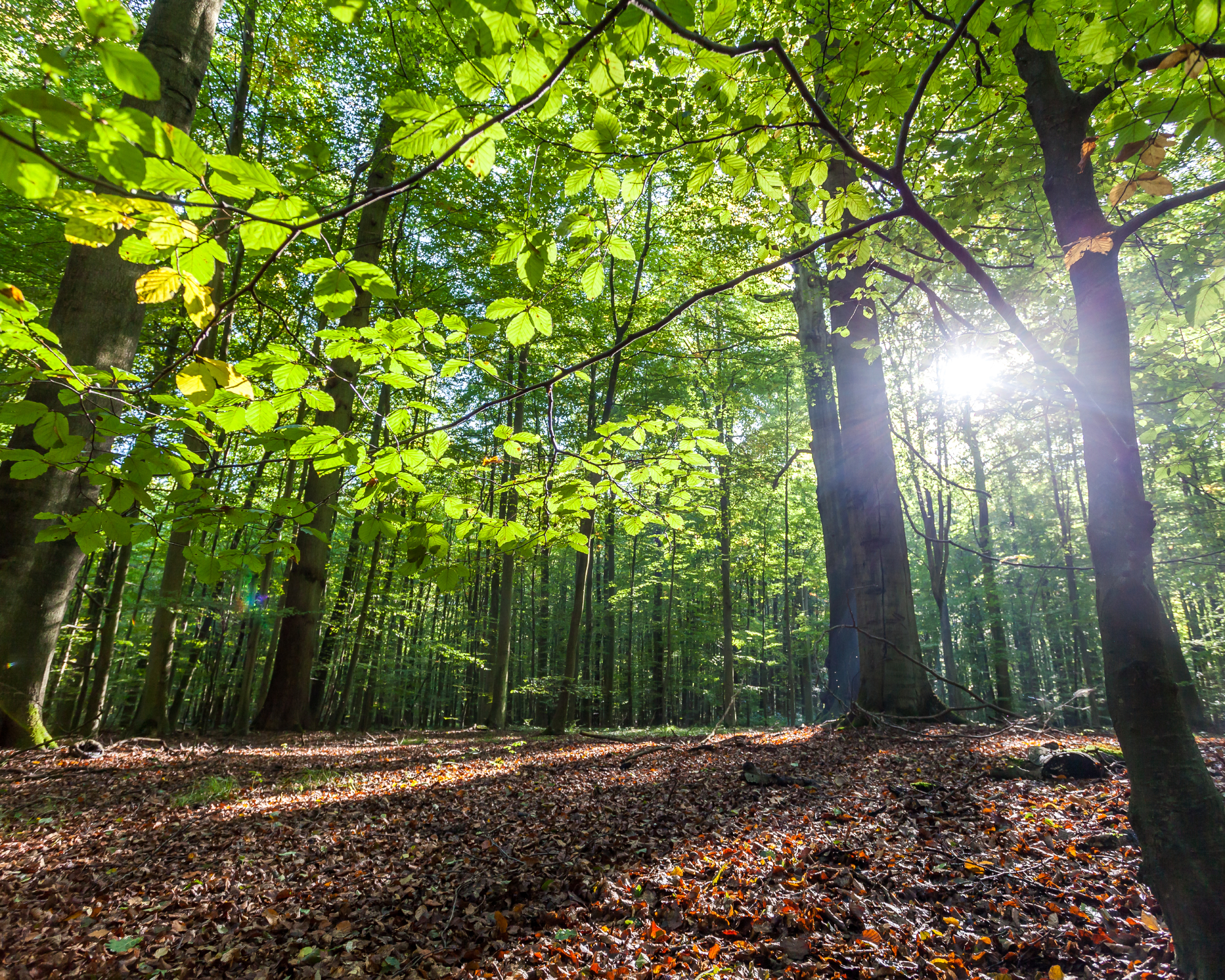
I had never met a European beech tree (Fagus sylvatica) until I moved to the French Basque Country. My mountain had once been covered by beech trees – all cut down to create sheep pasture – but I found beeches in the wild and was totally infatuated. I began replanting my land in the Basque region and have created my own forest filled with beautiful trees.
European beech trees are large, graceful trees with smooth silvery gray bark, growing to 50 feet (15m) tall and wide. The leaves are large and oval, pale green in spring, maturing to darker green in summer, then turning russet shades in fall.
I love the way these beech trees offer shade while still letting light through. It’s special to sit in the golden glow of a beech forest floor. Beech are surprisingly trouble-free in a full sun or part shade location. They thrive in USDA hardiness zones 4-7. Bare root European beech trees can be purchased through the Arbor Day Foundation for a great price if you are looking to add this beauty to your landscape.
4. Sugar Maple
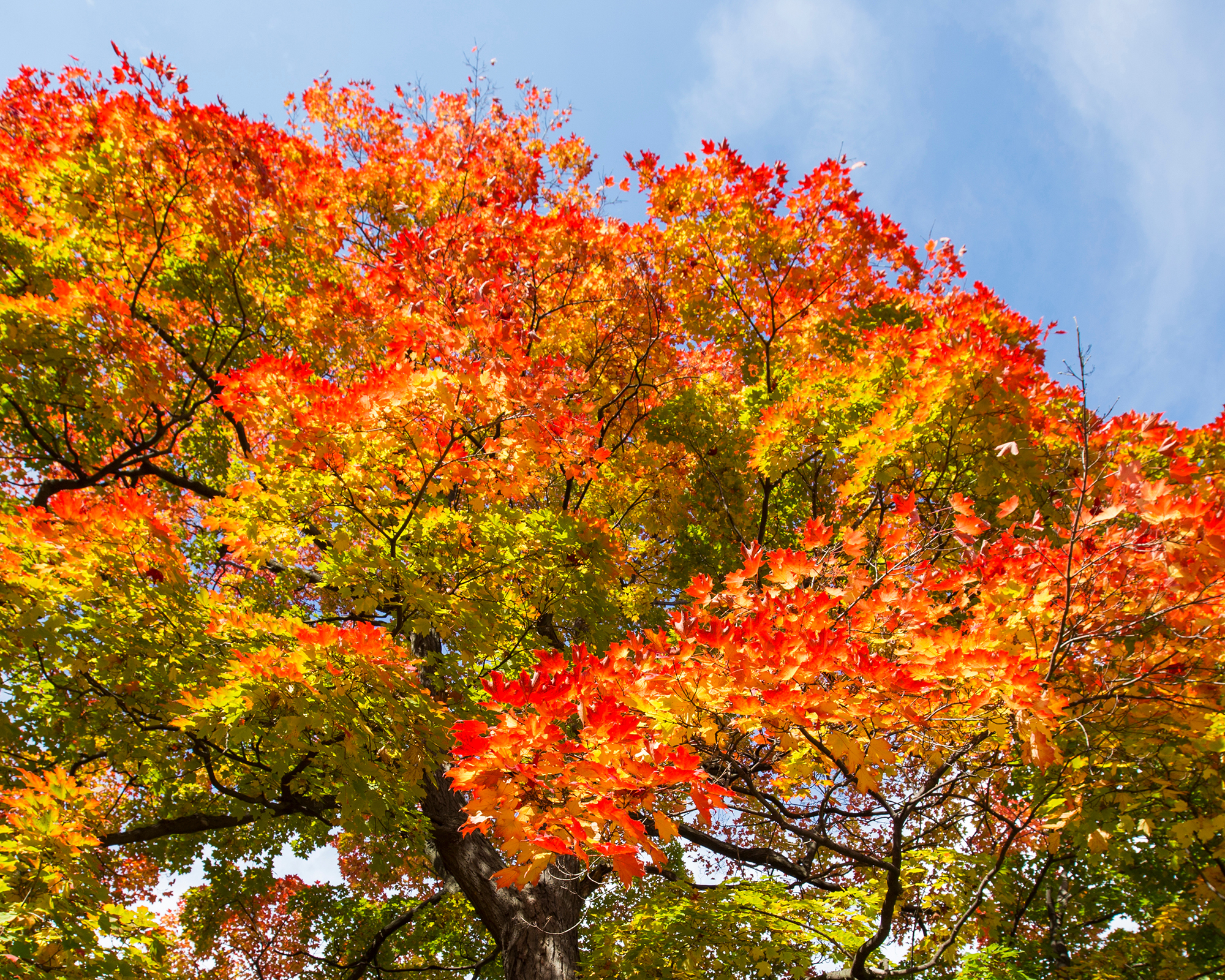
I learned the song “America the Beautiful” when I was a very young child, and I loved singing it. But I didn’t have it quite right. I thought the last line of the chorus was “from tree to shining tree.” How could I know that the stunted Sitka spruces that surrounded my home in central Alaska were just the tip of the iceberg when it came to shining trees? Taller, more impressive trees were just around the corner of my life.
After I finished law school in California, I went to work in Alaska’s state-federal office in Washington DC. That’s when I first encountered the sugar maple. These trees are native to the eastern part of the continent. The sugar maple tree (Acer saccharum) is a big one, growing to 75 feet (22.9m) tall with lustrous green foliage that turns bright and fiery in autumn. It is utterly gorgeous, offering heavy shade in summer, then a brilliant orange and yellow fall display.
This majestic tree thrives in cool moist climates in USDA hardiness zones 4-8. They are particularly spectacular growing in the wild but are also popular in large landscapes. They are tolerant trees, growing well in both sun and shade. You can find sugar maple saplings in various sizes at Fast Growing Trees.
5. Red Oak
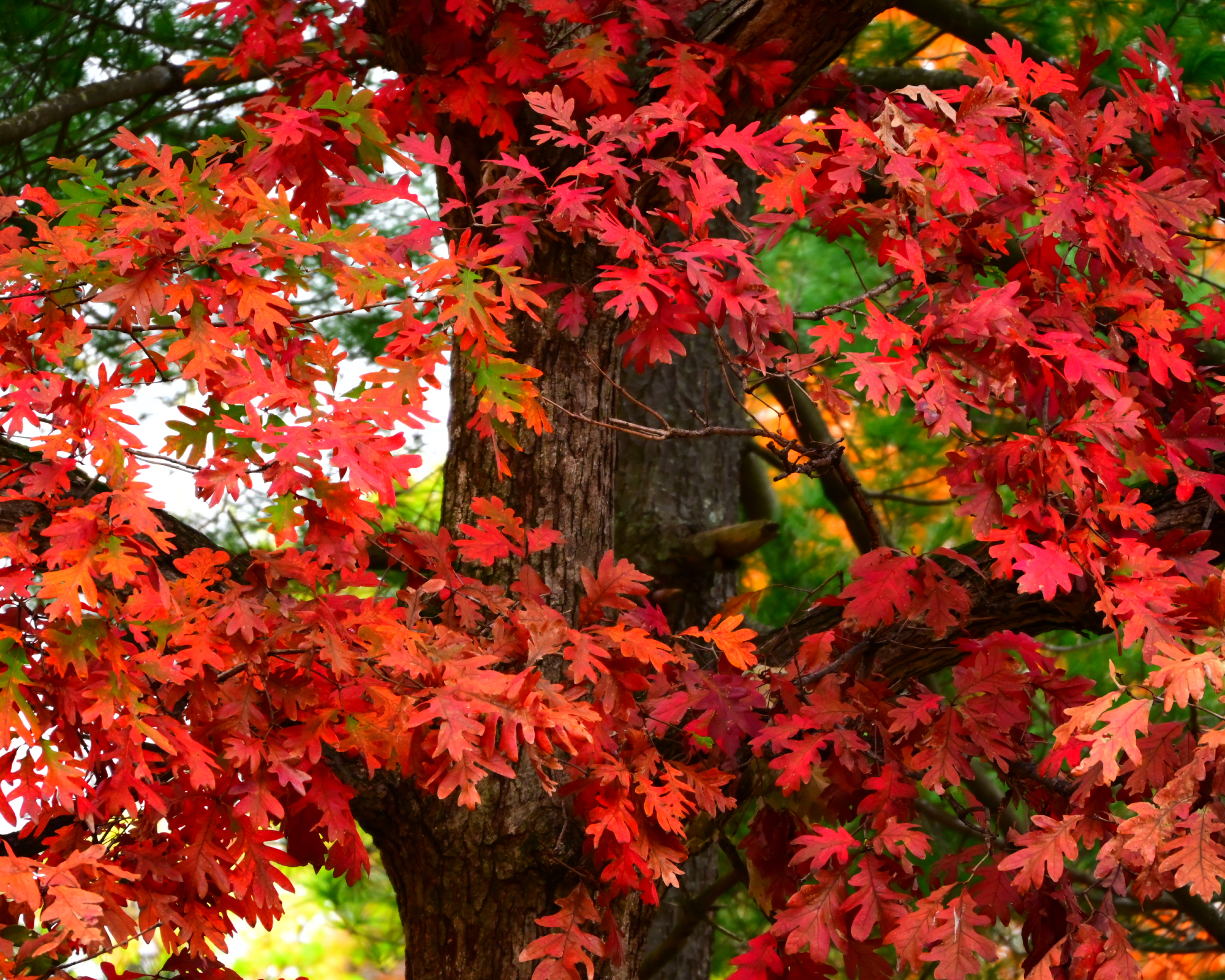
The final species on my list of my favorite shining trees: the red oak. Quercus rubra are fiery, fast-growing, and native to eastern North America. (I met this tree during my years in Washington D.C. as well.) Neither the leaves nor trunk of the trees are red – you’ll have to be patient to see how it gets its common name. But, come autumn, there is no doubt. In fall the trees look like they are in flames as the canopies turn a brilliant red.
This deciduous oak species won my heart with its vibrant foliage and impressive size; it grows to 75 feet (25m) tall and wide. The leaves are particularly lovely, even during the growing season. They are large, glossy, and lobed, completely filling the spreading canopy. Red oak grows in USDA hardiness zones 3-8 in full sun to partial shade. Another reason to plant this oak: it needs very little help to maintain its health and beauty. The Arbor Day Foundation is selling bundles of 50 northern red oak seedlings for a fantastic price if you are looking to plant a forest like me.

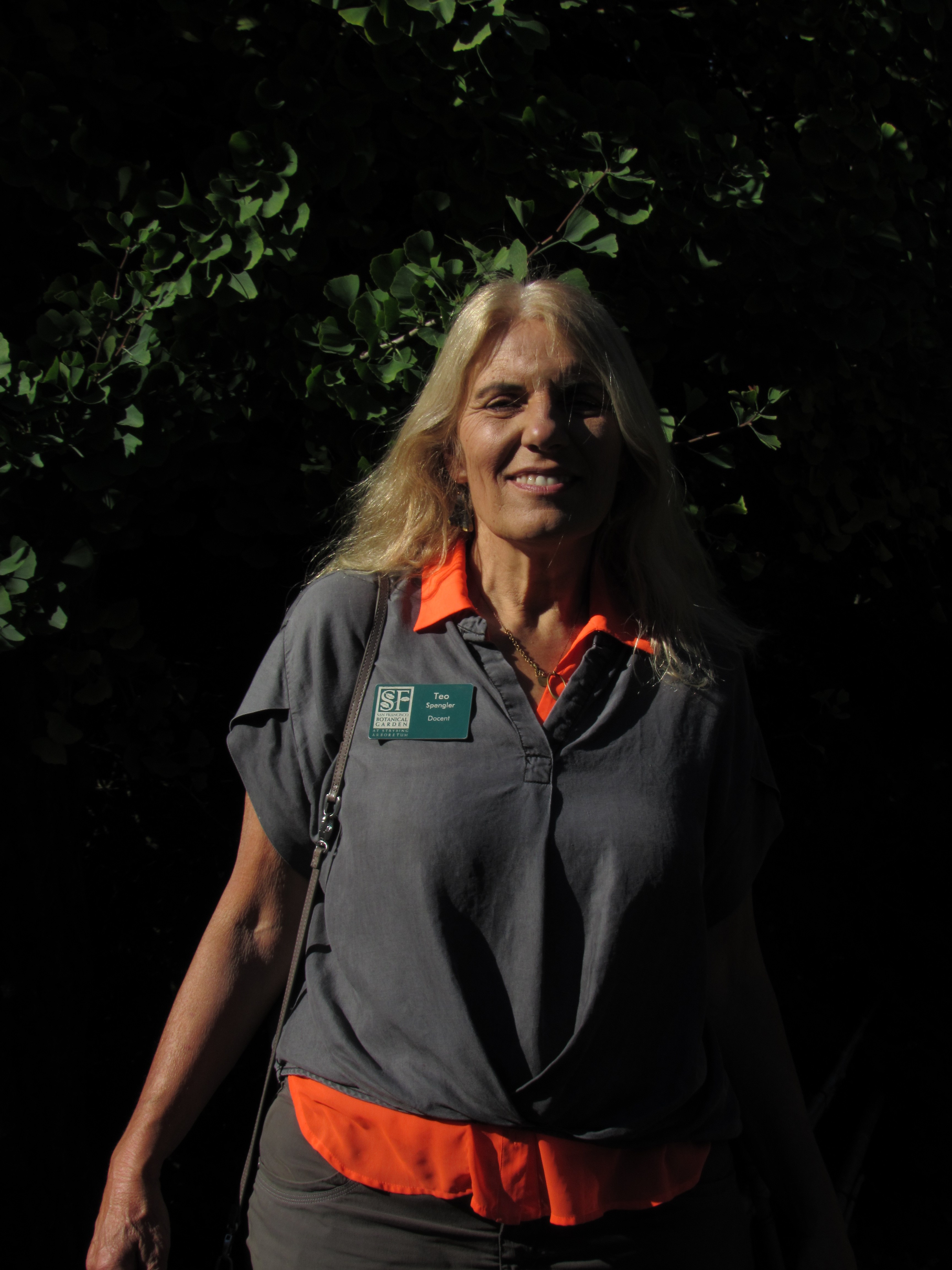
Teo Spengler is a master gardener and a docent at the San Francisco Botanical Garden, where she hosts public tours. She has studied horticulture and written about nature, trees, plants, and gardening for more than two decades, following a career as an attorney and legal writer. Her extended family includes some 30 houseplants and hundreds of outdoor plants, including 250 trees, which are her main passion. Spengler currently splits her life between San Francisco and the French Basque Country, though she was raised in Alaska, giving her experience of gardening in a range of climates.
- Amy DraissDigital Community Manager